Sicilian food
From cannolo to arancino, Sicilian food is world-famous and every single part of this island is full of different foods. Sicily is one of the Italian regions with the richest variety of recipes. One of the most important aspects of Sicilian cuisine is the quality of the ingredients used cause they are fresh, often produced in Sicily and are wonderfully fragrant and tasty (check the list).
Catania is an ideal destination for foodies with its markets, “a Fera o Luni” in Piazza Carlo Alberto and “a Pescheria” (fish market) where you can find meat, Sicilian cheese, fresh vegetables, and the “street food”. All the food in the Catania market is seasonal and grown locally in the fertile volcanic soil of Catania and its neighboring cities. The Pescheria is an explosion of sights, sounds, and smells bustling and chaotic it’s alive with an atmosphere that instantly awakens all the senses.
Falling in love with Catania is easy, especially with food. For all those “hungry” for street food, now we talk about what to eat in the city to return home happier and with an indelible memory of the city of the Elephant.
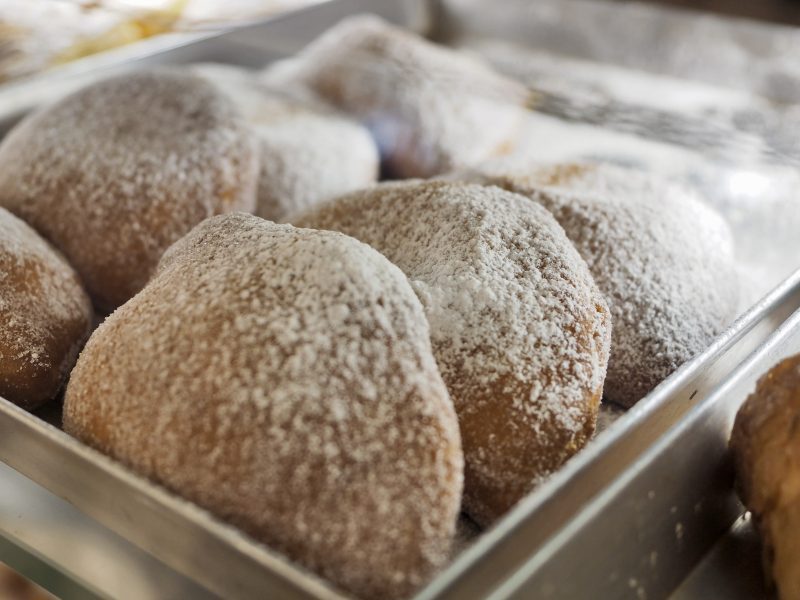
Our journey begins in the mornings, with breakfast and we start with the first rule: Italian and Sicilian breakfasts are sweet.
We have freshly baked hot croissants (please don’t call them croissants or brioches, but use the word cornetto). After these, the traditional ones: Iris, Raviola (fried or baked with sweet ricotta) Panzerotti, Involtini, Graffe napoletane, and more.
In summer the only queen of our breakfast is Granita and brioche.
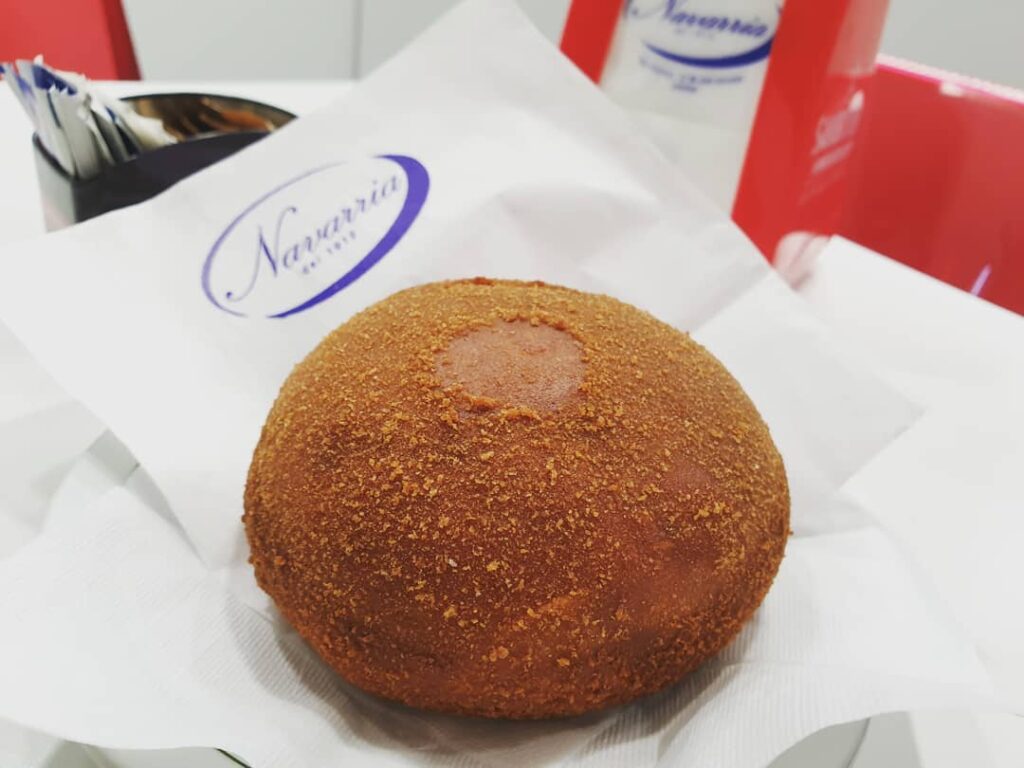
These are only the main types of breakfast you can find in Catania, which then undergo endless variations in taste and preparation. Even the famous blog Dissapore claims that.
Now we try to get a list of what you absolutely must try in Sicily, our street food.
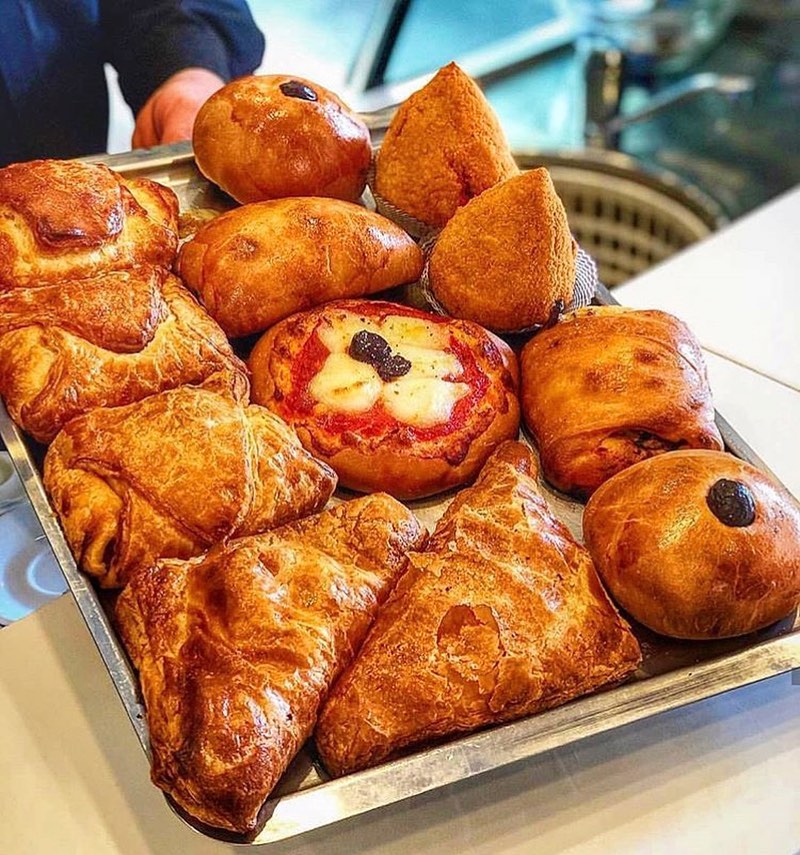
Tavola Calda Siciliana: Arancino, Cipollina, Cartocciata, Siciliana, and Pizzetta reign supreme as the most beloved Sicilian fast food delights. In the vibrant streets of Catania, these culinary treasures are ubiquitous, found in every corner bar or bakery, inviting locals and tourists alike to savor their rich flavors. The Cartocciata, a delectable pastry roll, bursts with the gooey goodness of mozzarella, the savory taste of cooked ham, and the tangy kick of olives. Meanwhile, the Cipollina offers a flaky puff pastry experience, filled with sweet onions, creamy mozzarella, succulent ham, and ripe tomatoes, creating a symphony of flavors. The Siciliana, a sumptuous fried calzone, is generously stuffed with tuma (a traditional Sicilian cheese), anchovies, and a hint of black pepper for that extra zest. And the Pizzetta? It’s the epitome of simplicity and taste, a mini pizza that captures the essence of Sicilian culinary art.
Arancino: in Sicily we are in trouble, we have a huge problem with arancino. A part of the island uses a different name for this unique food, arancina (feminine). Basically, arancino is deep-fried rice with a breadcrumbs crunch, with various fillings inside (meat sauce, cheese, ham). Arancino affair: different name, different shape. In Catania is a triangle, like a volcano, like Mount Etna. In Palermo is a round ball, like orange. Yes ok, it makes no sense to you but you know, in Sicily food is an honor.
Are you passionate about cooking?? Let’s try to cook arancini homemade with this simple and delicious recipe that we suggest…your friends will be crazy for it. Obviously, it’s “our family recipe” and we want share it with you! Click here
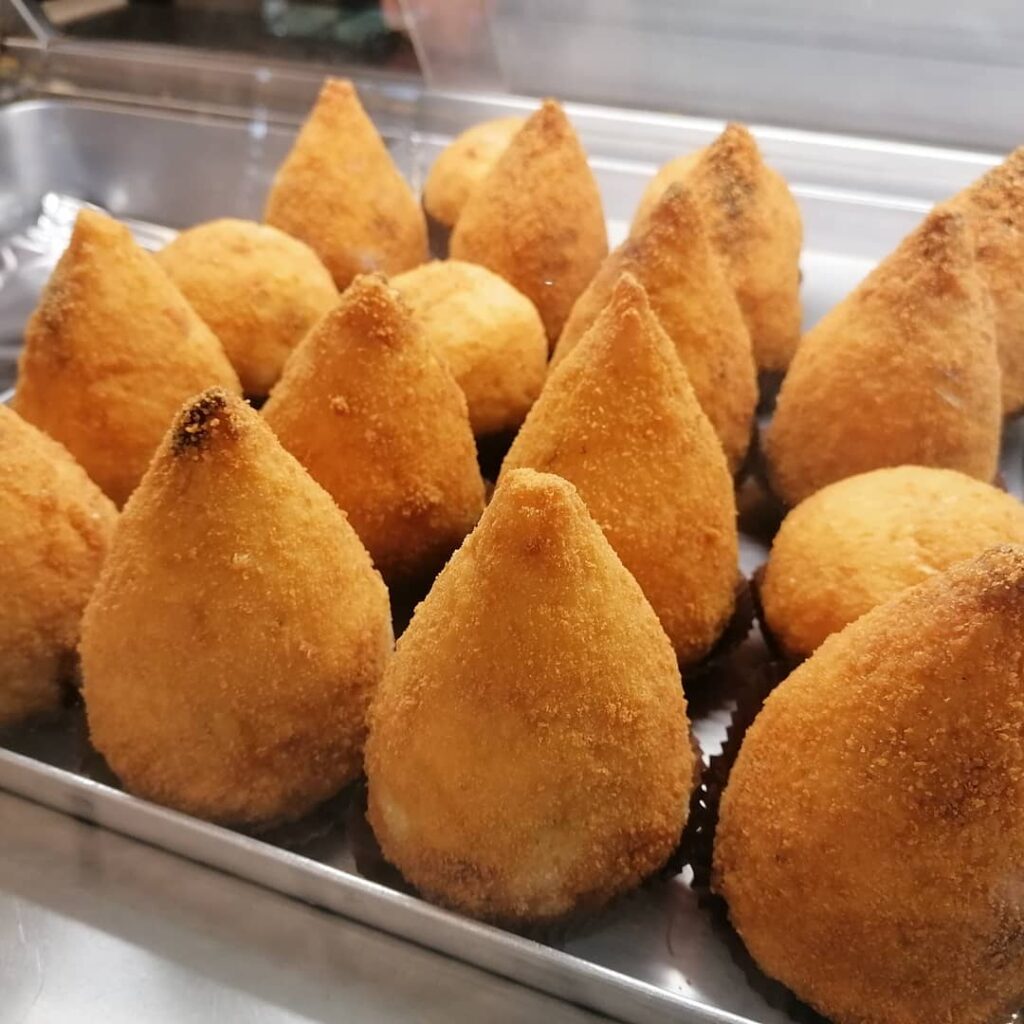
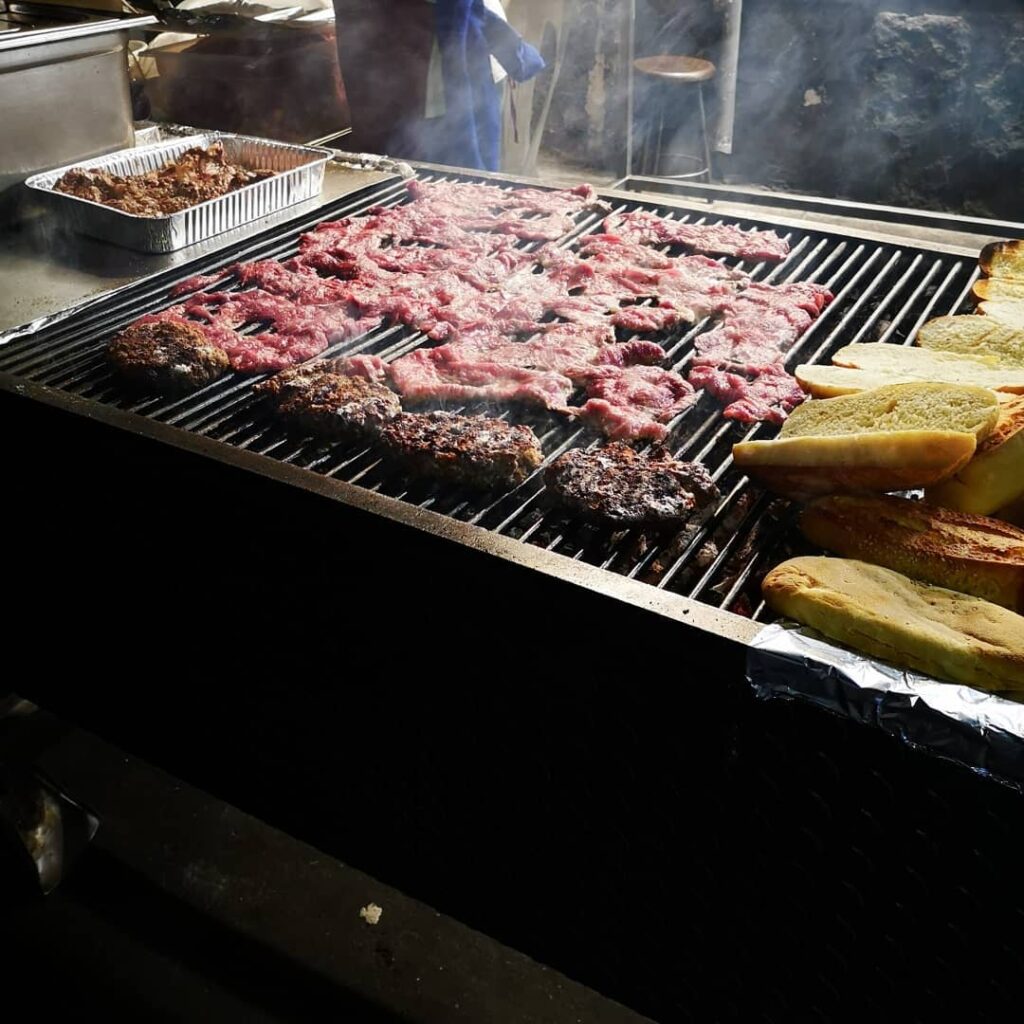
A very traditional street food in Catania is the horse meat (carne di cavallo), which is a delicacy in many European countries. In every corner of the city, you can find bbq; this meat is grilled and served in a sandwich or you can order a steak. If this bothers you, check before ordering.
Columns of the Sicilian food culture are: pasta con le sarde, pasta alla norma, caponata.
Pasta con le sarde: sardines, fennel, pine nuts, raisins and toasted breadcrumbs.
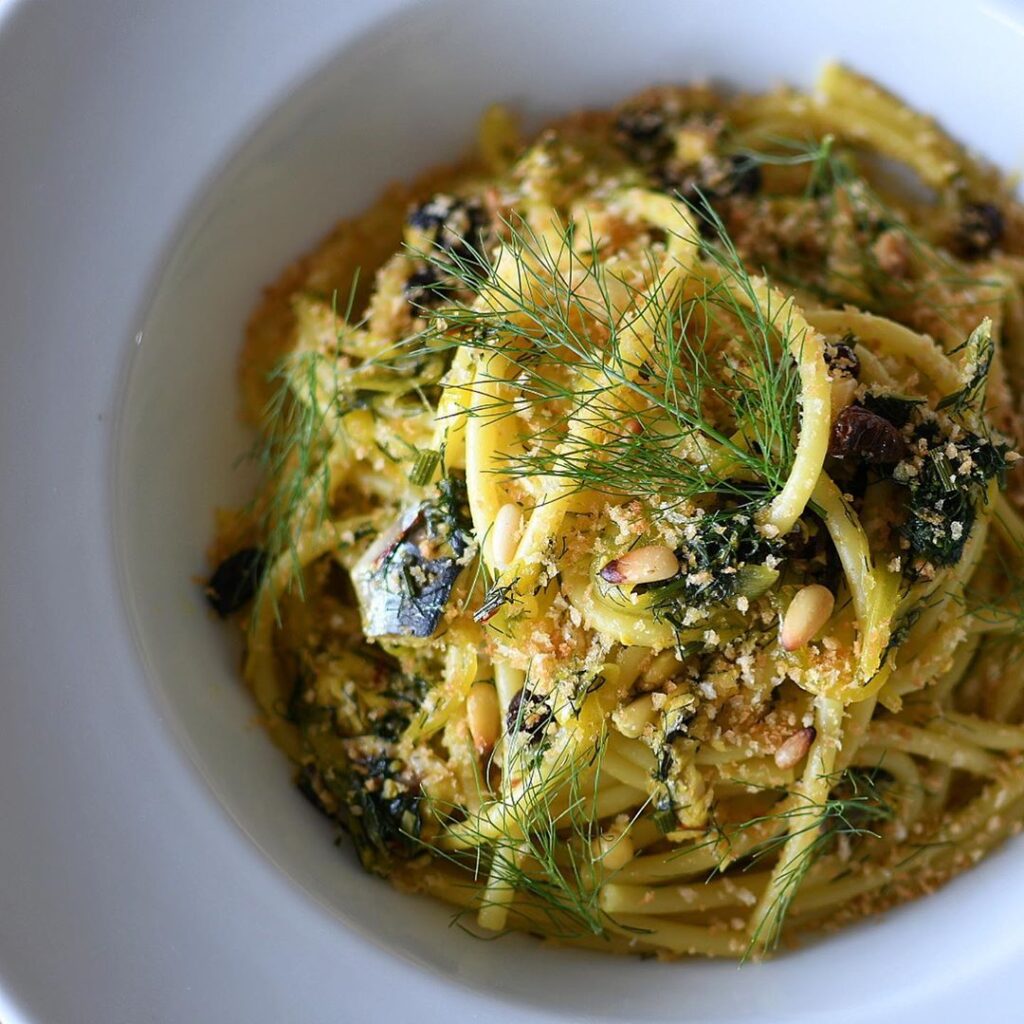
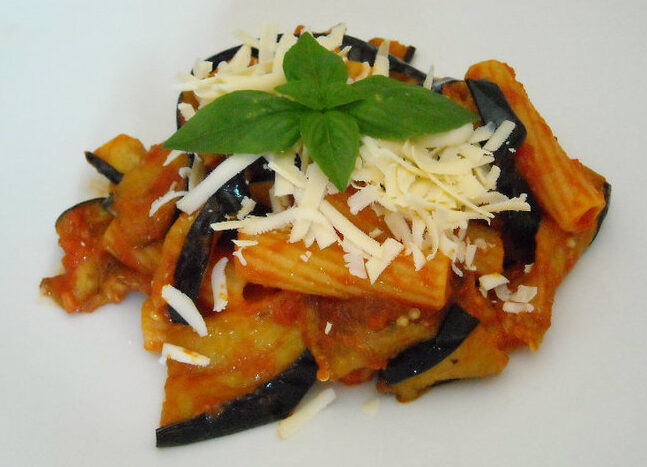
Pasta alla norma: is a quintessential Sicilian dish that embodies the rich culinary heritage and vibrant flavors of the island. This is our favourite pasta, so we share our family recipe with you.
Caponata: the word derives from “capone”, the sicilan name of the lampuga, a precious fish once eaten only by the aristocracy, seasoned with the bittersweet sauce tipic of the caponata. People who couldn’t afford this expensive fish, replaced it with the cheaper aubergines. Maybe the french ratatouille is more famous but caponata is more tasty! Eggplants, salt, sour and sweet are the secrets of this dish. The real secret is caponata gets better overnight.
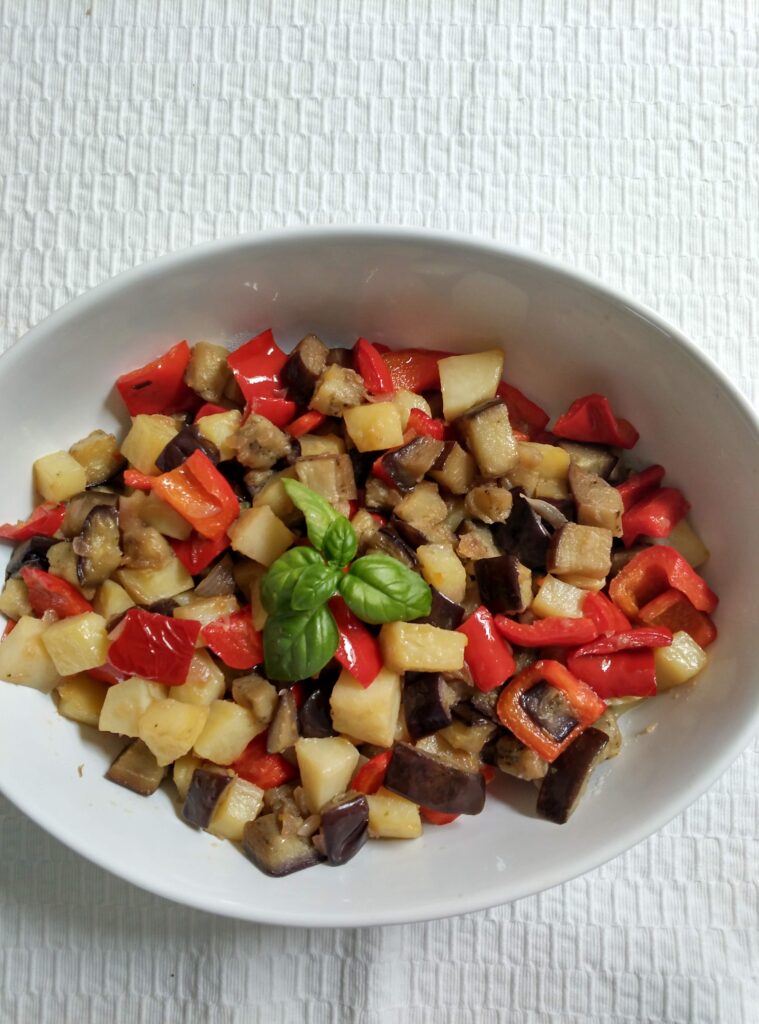
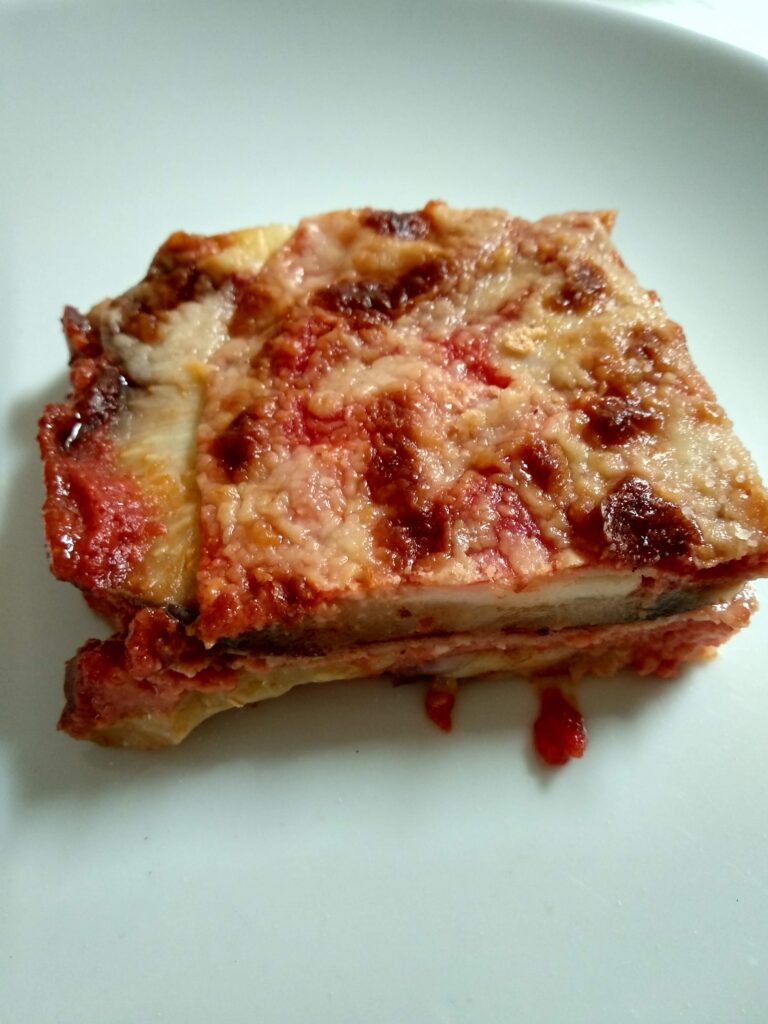
Parmigiana di melanzane: eggplant is sliced, fried, and layered with cheese and tomato.
Scacciata: one of the most iconic dishes for the people from Catania is the “scacciata”, a sort of rustic savory pie made by durum wheat semolina, yeast, water and salt, stuffed with fresh and local ingredients (it is not made industrially). It is difficult to find a specific recipe because is passed down from generation to generation. There are literally dozens of ingredient combinations for the stuffing, broccoli, cheese, spinach, sausage, olives but one of them is essential: tuma cheese, which is an early stage in the production of more salted and seasoned cheese. So many versions to choose from, but one thing is for sure: it’s not a real Christmas without at least a scacciata on the tables of every family from Catania.
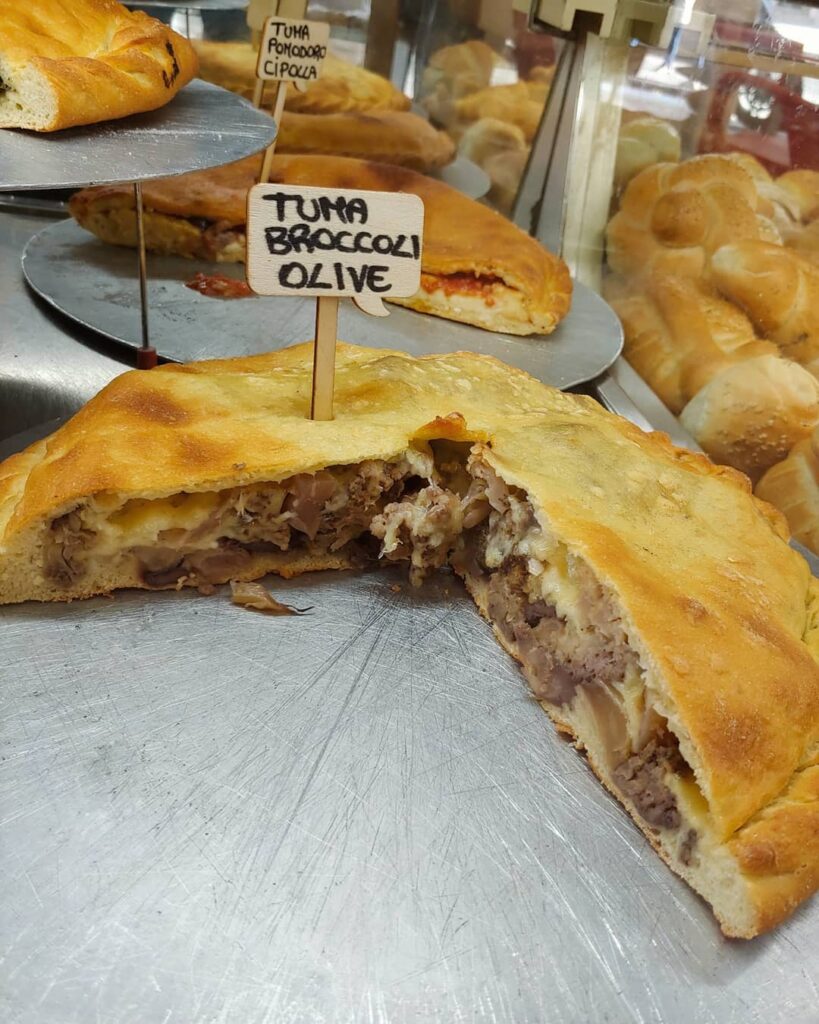
What about Sicilian desserts?
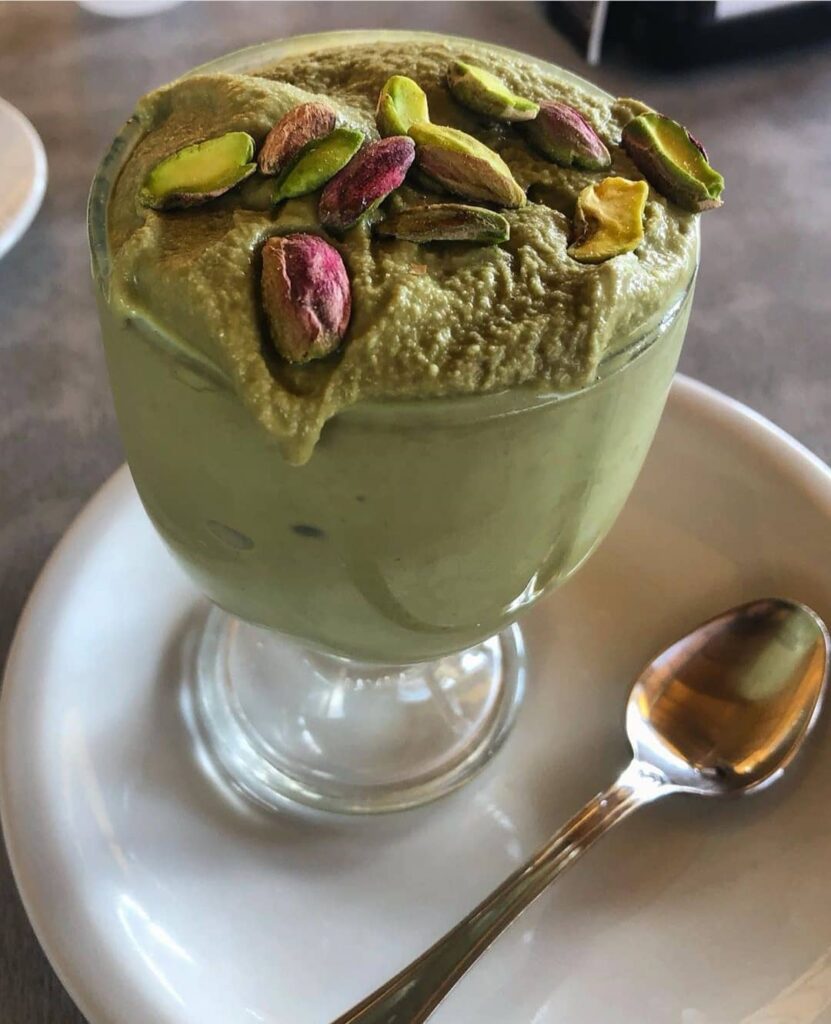
Granita: this is the perfect refreshment 100% from Sicily, the typical summer breakfast. Its origins date back to the Middle Ages when there was the professional “nivarolo,” that is, the one who went to collect snow on Etna. The snow collected in the snowfields was grated and used in the preparation of sorbets and ice cream. Now it’s just smooth and slushy ice with sugar and fresh fruit; it is accompanied by a brioche bun hot from the oven.
Don’t miss the almond flavor or pistachio from Bronte.
Cannoli: Sheep’s milk ricotta with a little sugar, piped into a flaky crust infused with wine and topped off with candied fruit, pistachios grains, or chocolate chips. It’s been a treat for a long, long time. Simple yet elegant. The secret? Soft cream inside a crispy shell.
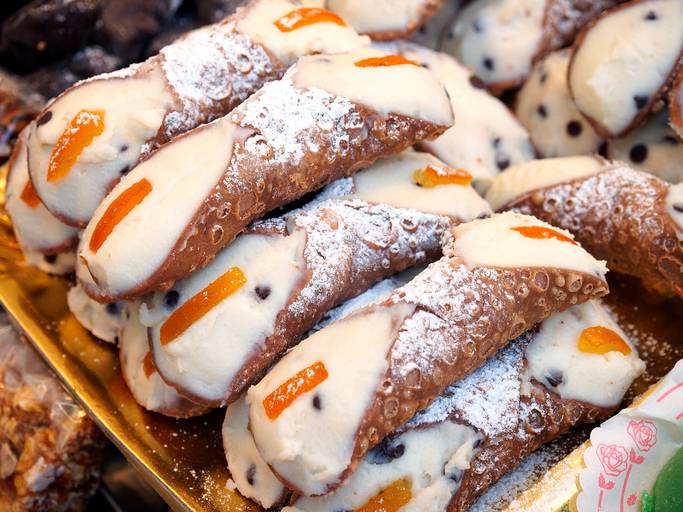
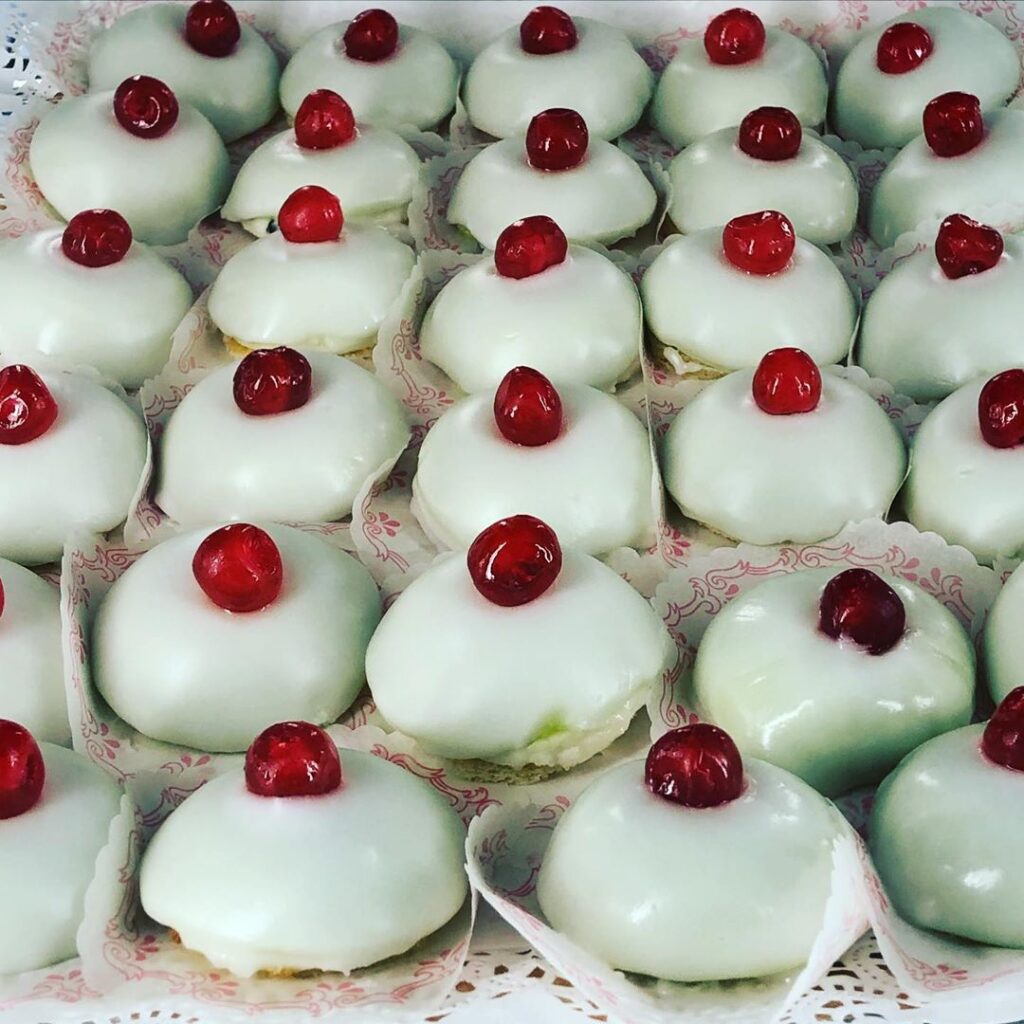
Minne di Sant’Agata: are small cassata made in the form of Sant’Agata’s breasts. They consist of sweetened ricotta, with chocolate chips, encased in a marzipan dome, covered in icing sugar and with a cherry on top. They are available throughout the year but traditionally eaten during the February popular east day, 5th of February.
Olivette di Sant’Agata: are small marzipan sweets, scented with rum and tinted green. The olive shape is an homage to a miracle performed during the life of Agata, while she was being taken to prison by soldiers for the crime that was to rebuff the proconsul Quintianus, she knelt down to tie her sandal and where she touched the earth, an olive tree grow up large and lush, heavy with fruit.
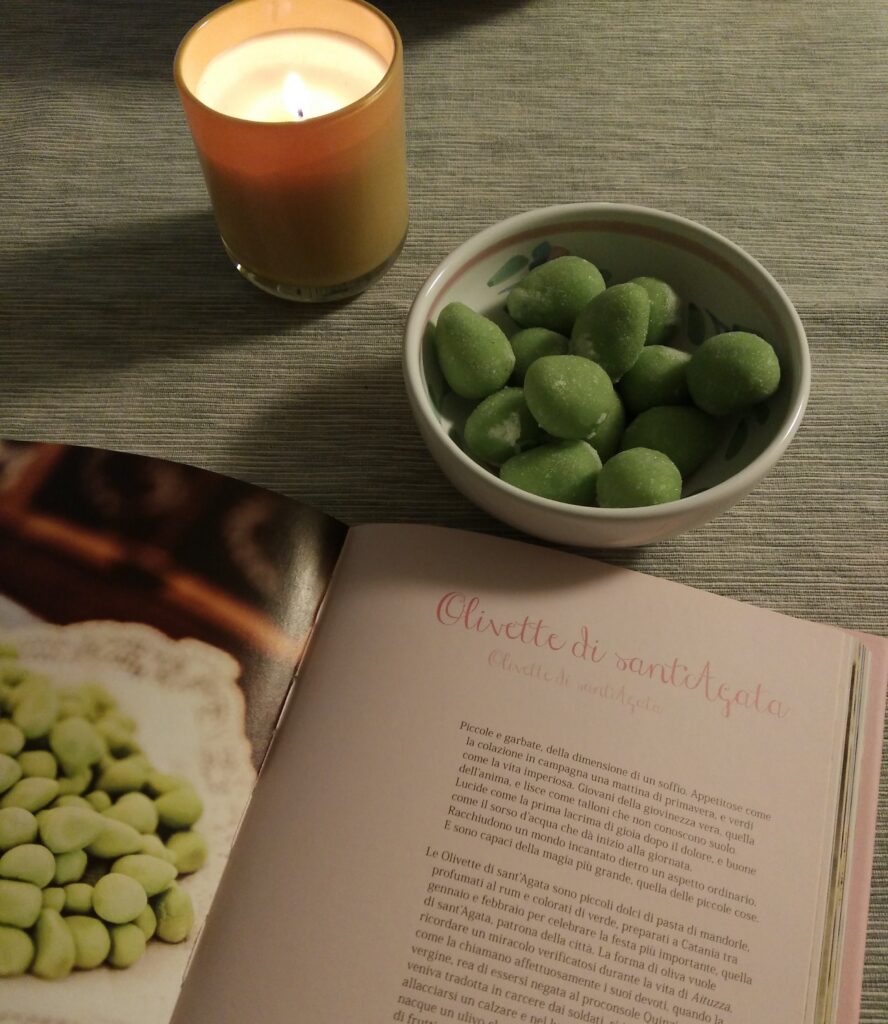

Iris: deep-fried bun, stuffed full of ricotta cream, crema pasticcera, or chocolate cream. The choice is yours.
Cassata: typical Sicilian sunday dessert, is made by sweetened ricotta (sheep’s milk, by traditional) sponge cake, marzipan and candied fruit.
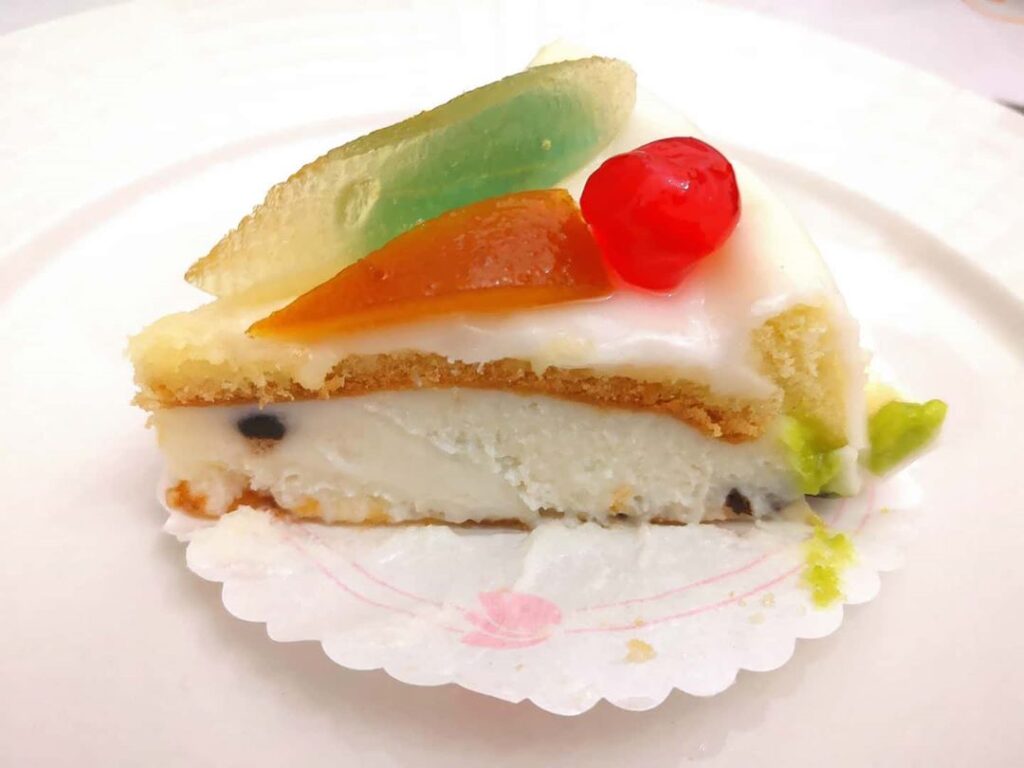
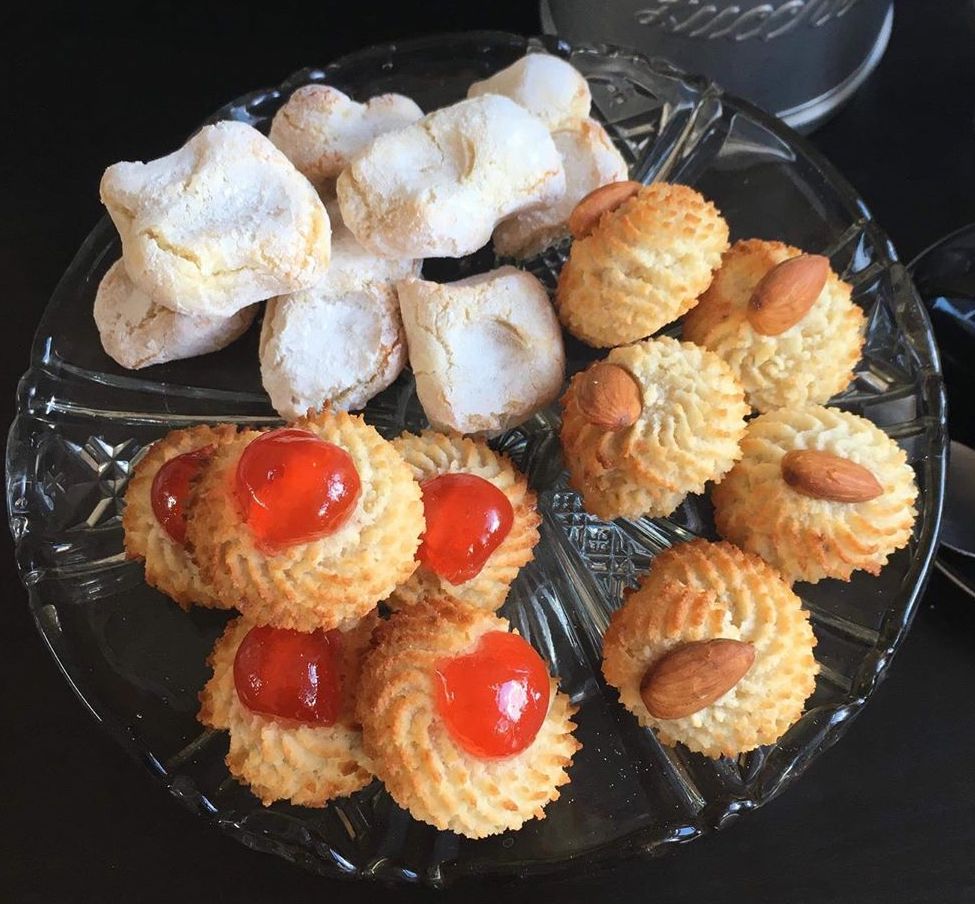
Paste di Mandorla: almond biscuits, are a famous local dessert crunchy on the outside and very soft inside. Are prepared with almond flour, sugar, egg whites. The pistachio pastries, very common sweets in Bronte, require the same ingredients except for the almond flour, which is replaced by very fine shredded pistachios, divine!! One espresso and one pasta di mandorla could be a perfect daily break.
Gelato and brioches: guys, this is the paradise!! You can order this in a bar, gelateria or ice cream van; choose your favorite ice cream and order to fill the brioche with the gelato. That’s it!
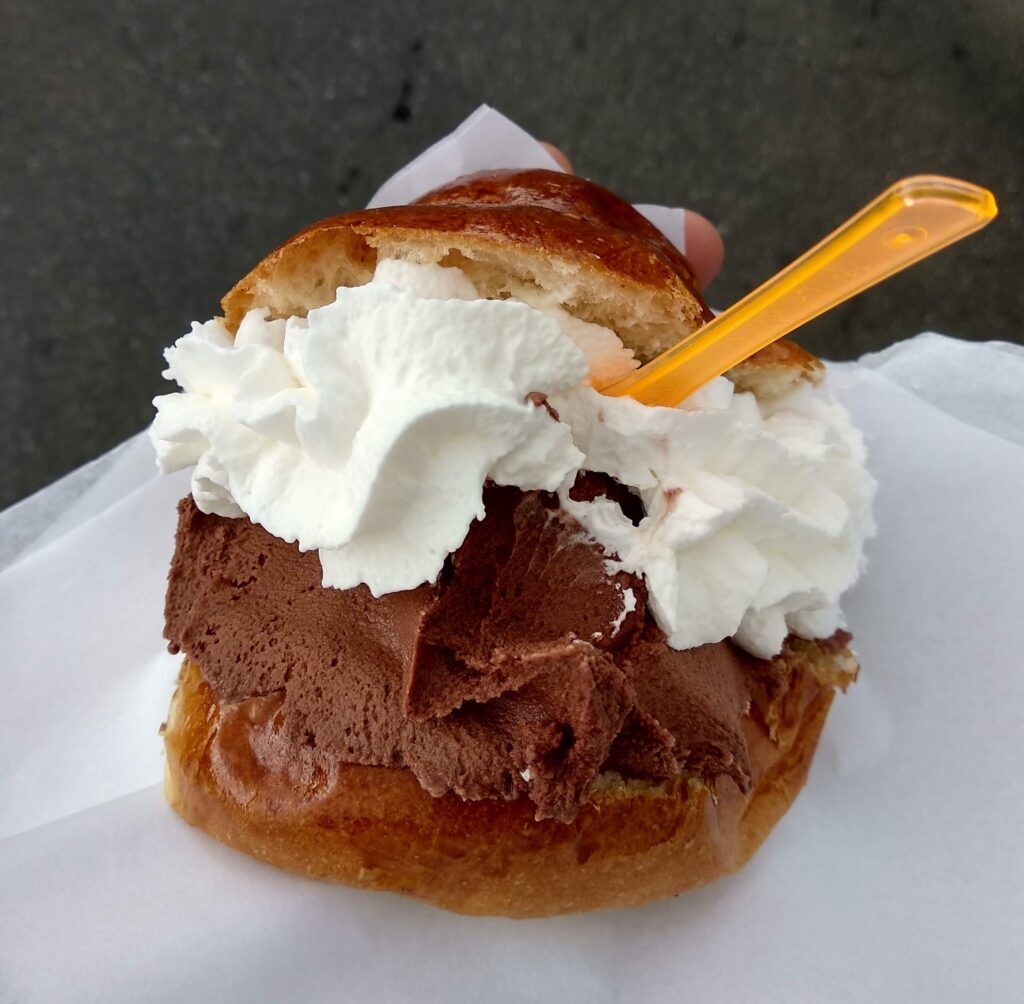
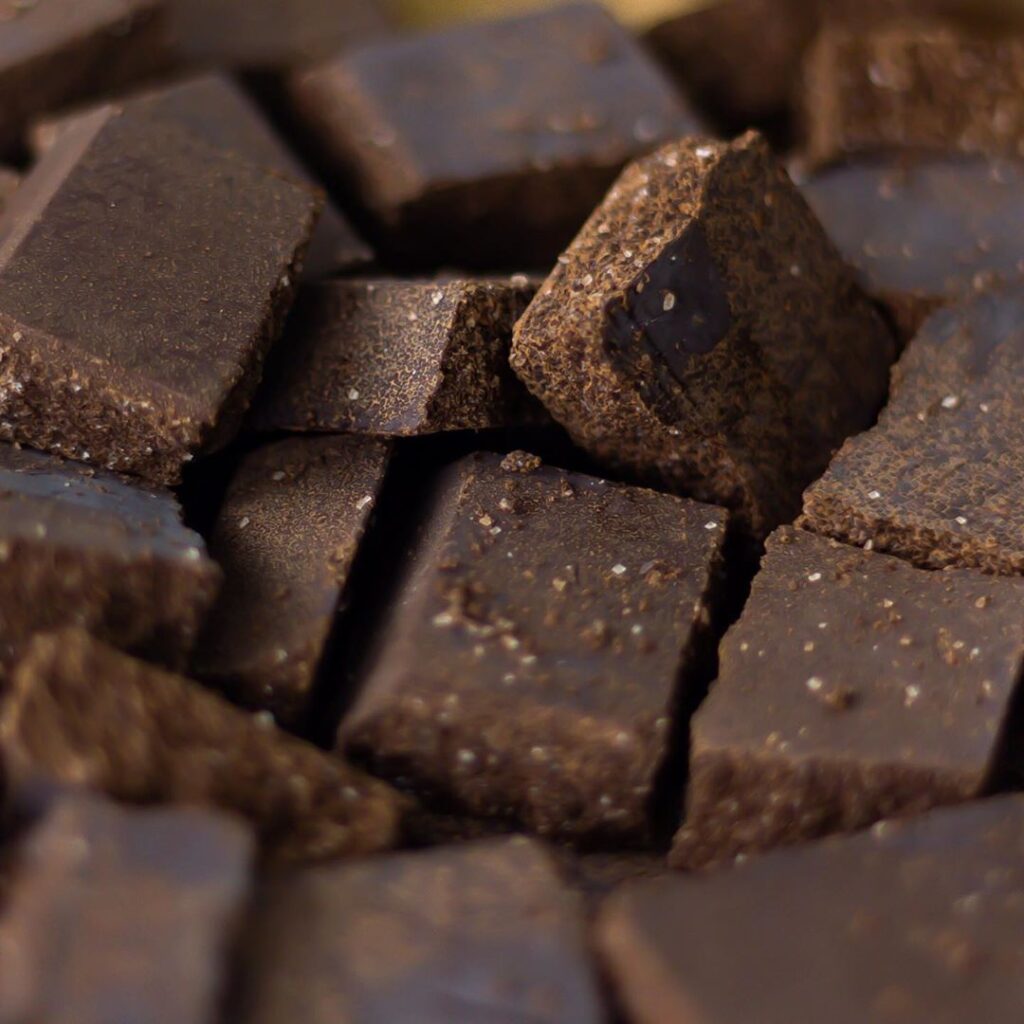
Cioccolato di Modica: processed in the same way the Aztecs did at the time of the Spanish conquistadors, they toasted the seeds on a heated curved stone called metate and then ground them with a stone rolling pin. The result it’s a “cold” chocolate grainy and crumbly with a “rough” appearance texture. It is traditionally flavoured with cinnamon, vanilla, chilli or citrus fruits.

